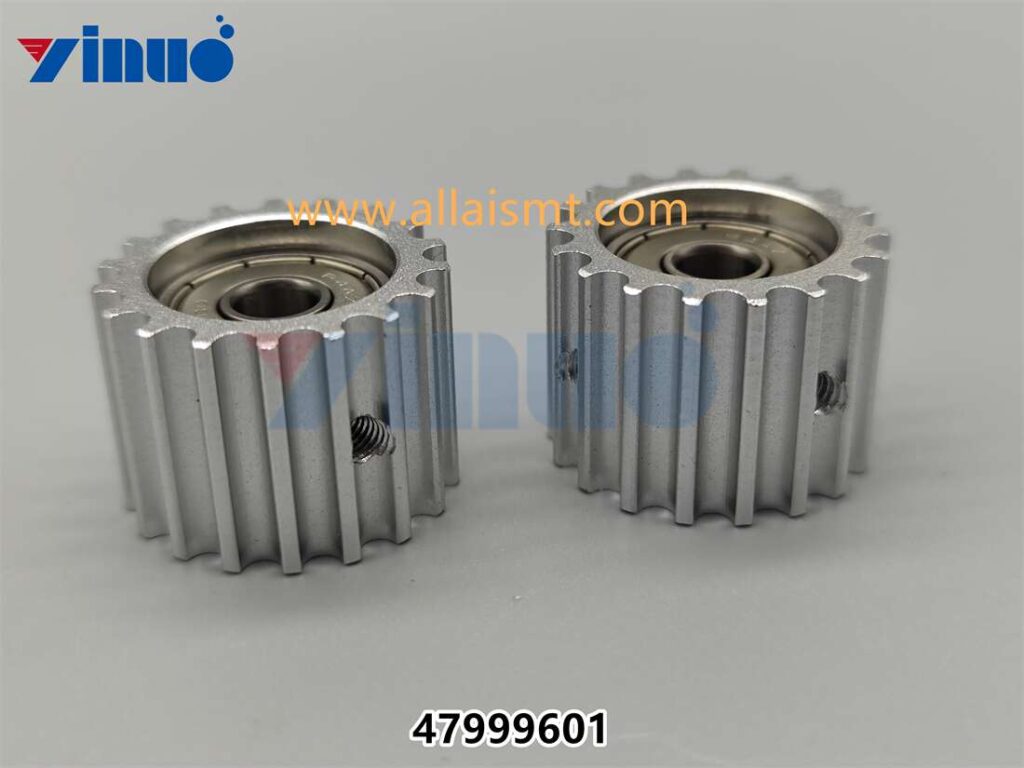The pace of social development is fast. People pay more and more attention to health, and the medical instruments put forward higher requirements for the performance of pcb materials. What are the technical requirements for the reliability, high frequency, high speed and high conductivity of medical pcb?
Medical PCB has become one of the most complex and challenging in the industry. Many people in the industry say that medical pcb is a board with ordinary pcb. What’s the difference? The answer is yes.
To sum up:
Medical PCB has the following aspects
1) “Safety” and “reliability”: are the core issues of PCB in medical industry. Refer to IPC-3 for life support products or high-end products.
Standard, non-life support or low-end products refer to IPC-2. Large-scale medical terminals establish their independent and standardized enterprise standards, and strictly control the reliability of products. So this is very important.
2) Long service life: the warranty period of general products is more than 5 years, and large medical equipment requires at least 10 years. Meanwhile, products
The duration of use is long. There is still a difference between medical pcb and ordinary pcb.
3) Large hierarchy span: from consumer medical products that meet routine requirements, to high-end medical products that meet high reliability and stability requirements, to small portable products that meet high density and integration, and wearable medical products that meet intelligence and multifunction.
4) Conservative products: the application of new medical technologies and new products on the market is slow, and the verification and testing of new products are repeated, which often requires comprehensive evaluation.
5) Traceability: The product requires strict process records and product traceability, and some large medical terminals require to ensure that
Traceability of 10-year PCB processing records.
6) The technological treatment of medical pcb board is different from the fire protection grade requirements. Ordinary pcb technology has different methods when dealing with tin spraying and cleaning board. On the premise of taking technological measures and ensuring the quality and safety, it can be used for repair products carefully as appropriate.
7) The demand of general medical pcb is very small, and the technological requirements are many, such as HDI, back drilling, multiple pressing, mixed pressing, high precision, special impedance, thick copper, thick gold, embedded copper block, etc. The price concern will be very low, which is also different from that of ordinary pcb.
Among all medical PCB boards, FR-4 is the most widely used. For medical PCB design, the choice of FR-4 board will be different according to the positioning of its own products and the control of raw material prices. For large hospitals, reliable medical pcb manufacturers should be selected.

